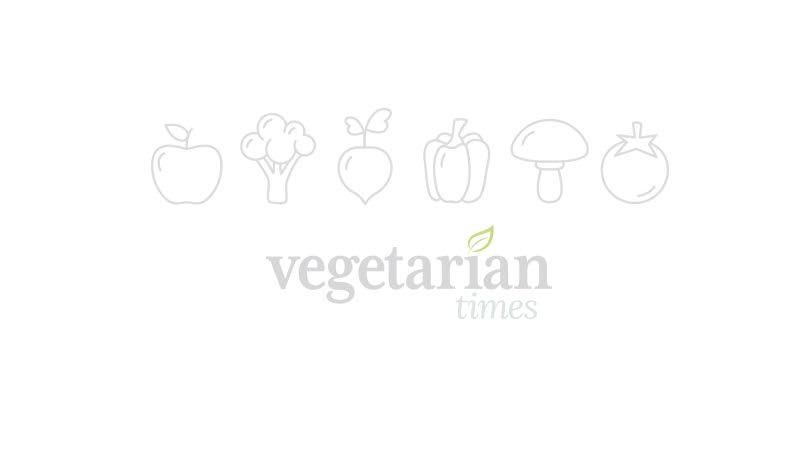A Question of Protein

Where do you get your protein?
Every vegetarian probably has been asked that at least once—and maybe 100 times. Because getting enough protein, day in and day out, may be the single biggest challenge of the vegetarian diet. But it’s also critical. Protein does a lot in your body: It helps you think and see. It repairs bones and muscles, regulates hormones and enzymes, and fights infections. It even allows your body’s metabolism to function at its highest level. Protein also aids weight loss by helping minimize muscle loss. Losing muscle slows your metabolism—the speed at which your body burns calories.
Too little protein in your diet can make you irritable, tired and weak. Too much can make you dehydrated and strain your kidneys.
So balance is crucial.
Meats and animal foods have the most protein—so much that nonvegetarians rarely have to think twice about whether they’re getting enough. For vegetarians, it’s just the opposite. Yet it’s not that hard, once you have this chart. It lists the star performers—those with more than 10 grams of protein per serving. The Recommended Dietary Allowance is 0.37 gram of protein per pound of body weight—but if you’re moderately active, or over age 50, even some conservative experts think it should be higher, roughly 0.5 gram per pound.
A word about the list: Absent are hard cheeses, nuts, eggs and other foods
often considered protein-rich. They are, but they have less than the 10 grams per serving that we used as our cutoff. That makes them good but not great sources. We focused on the great.
Check out our list of protein powerhouses.